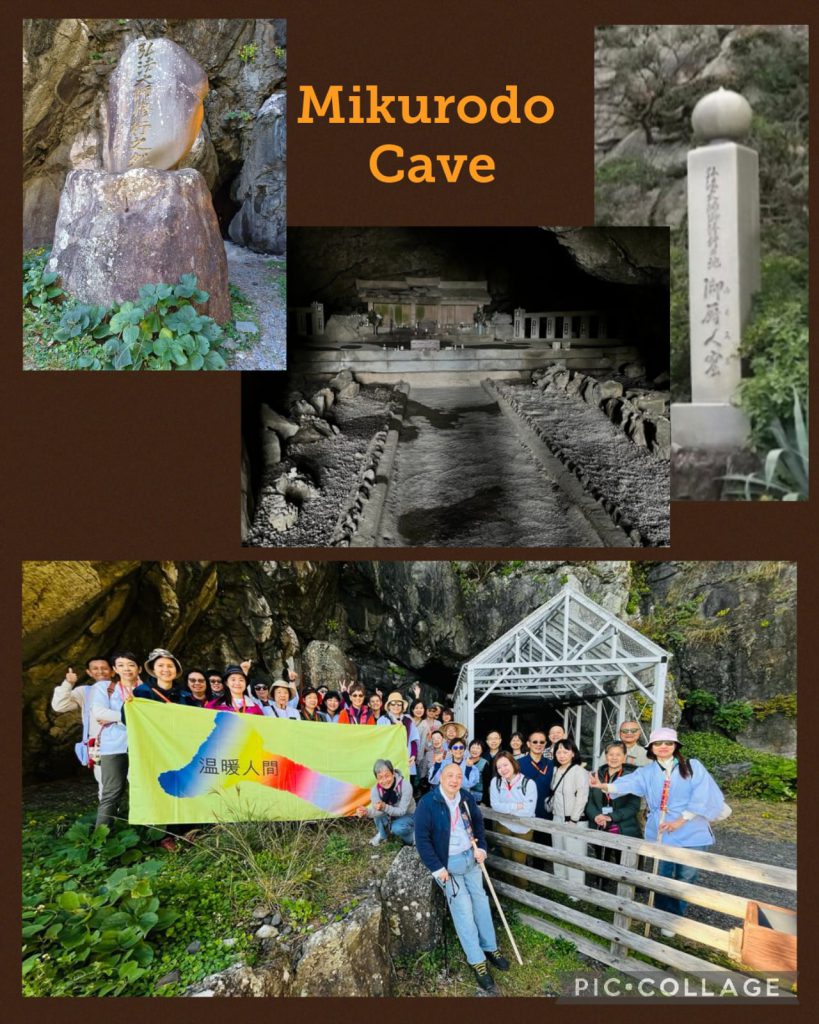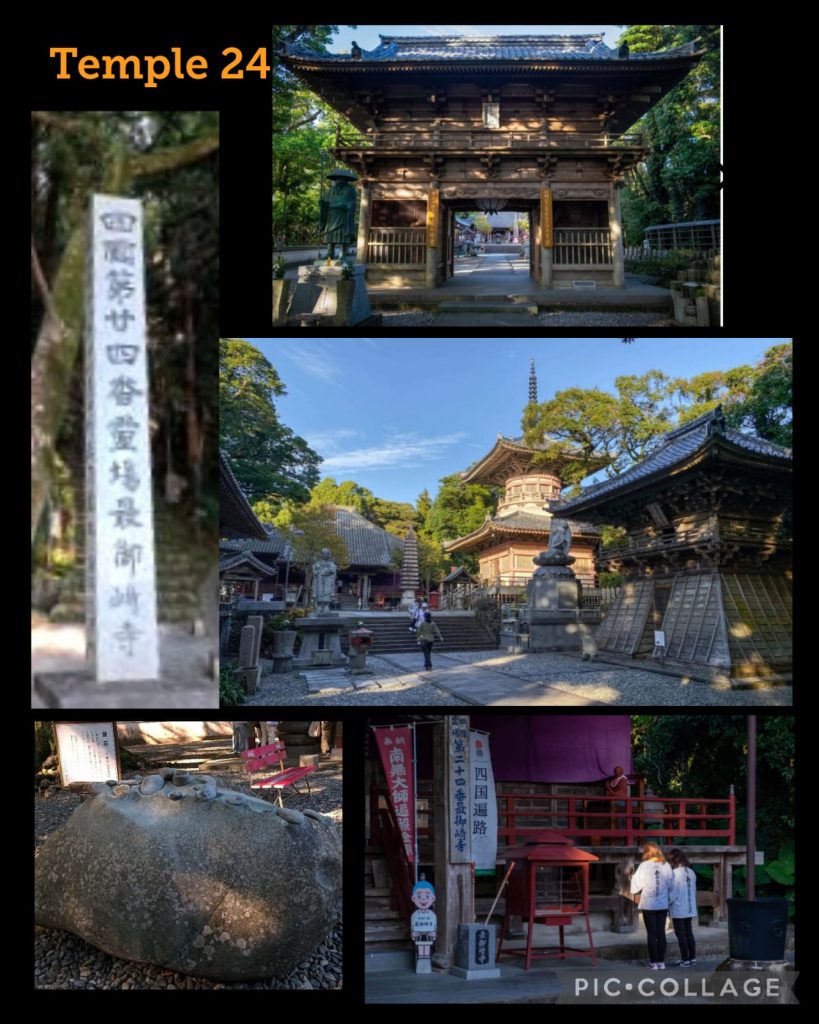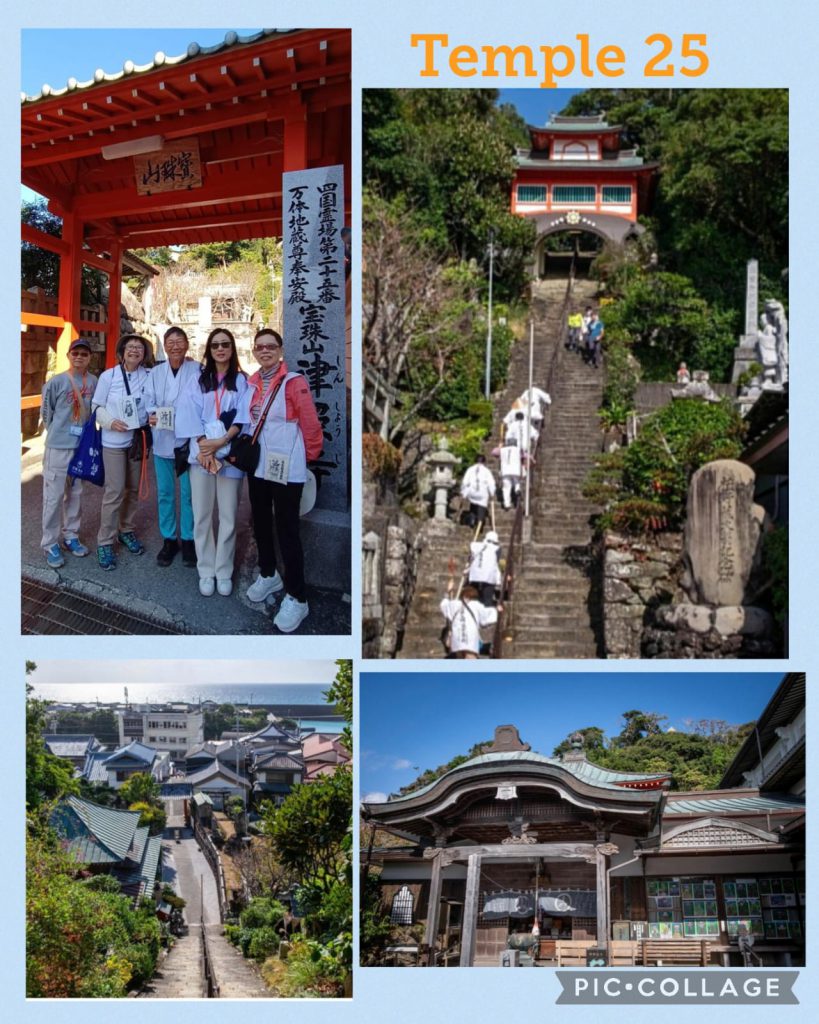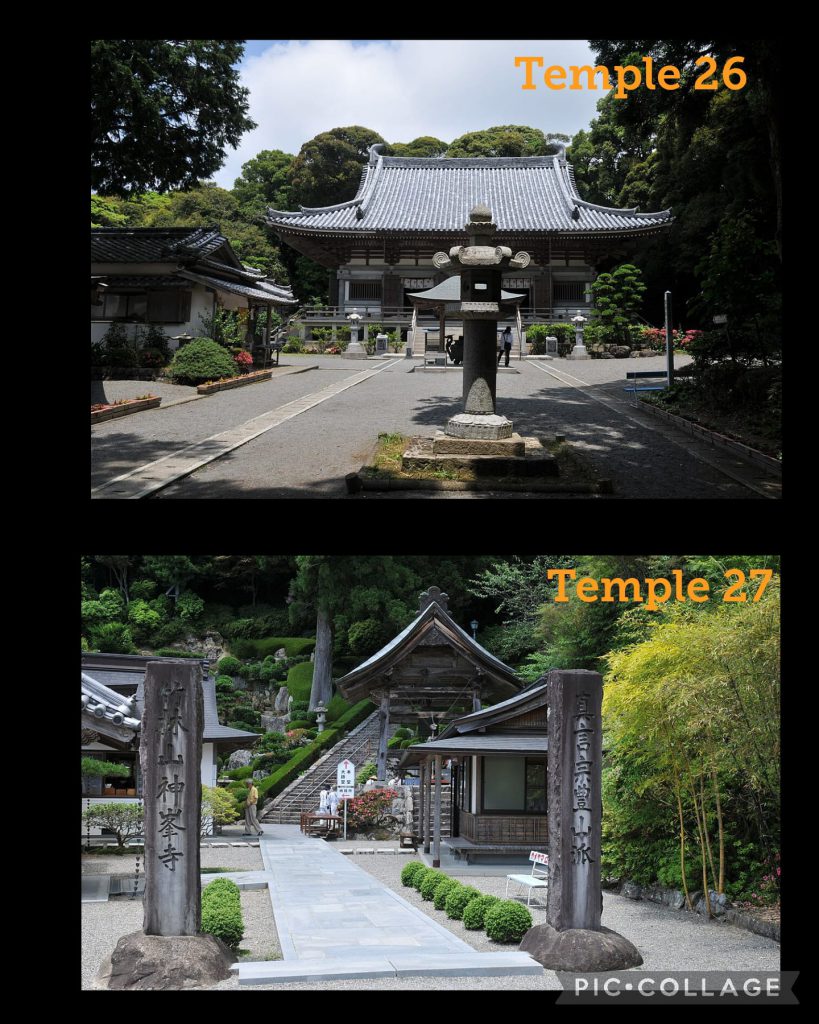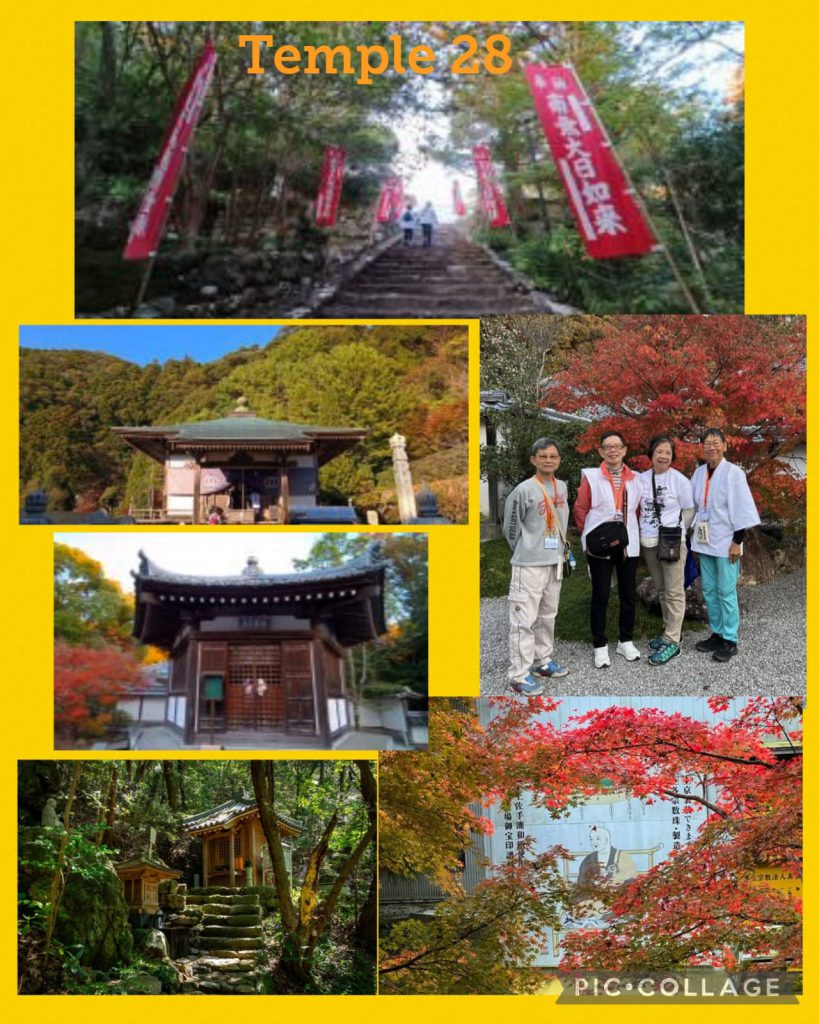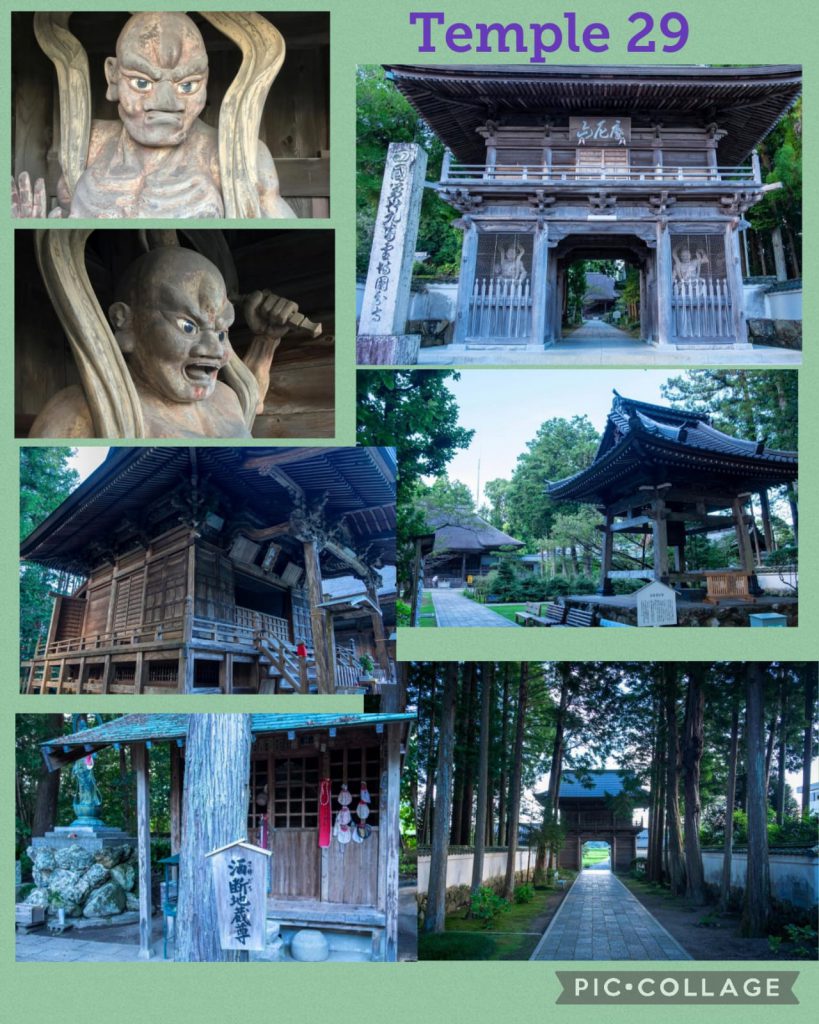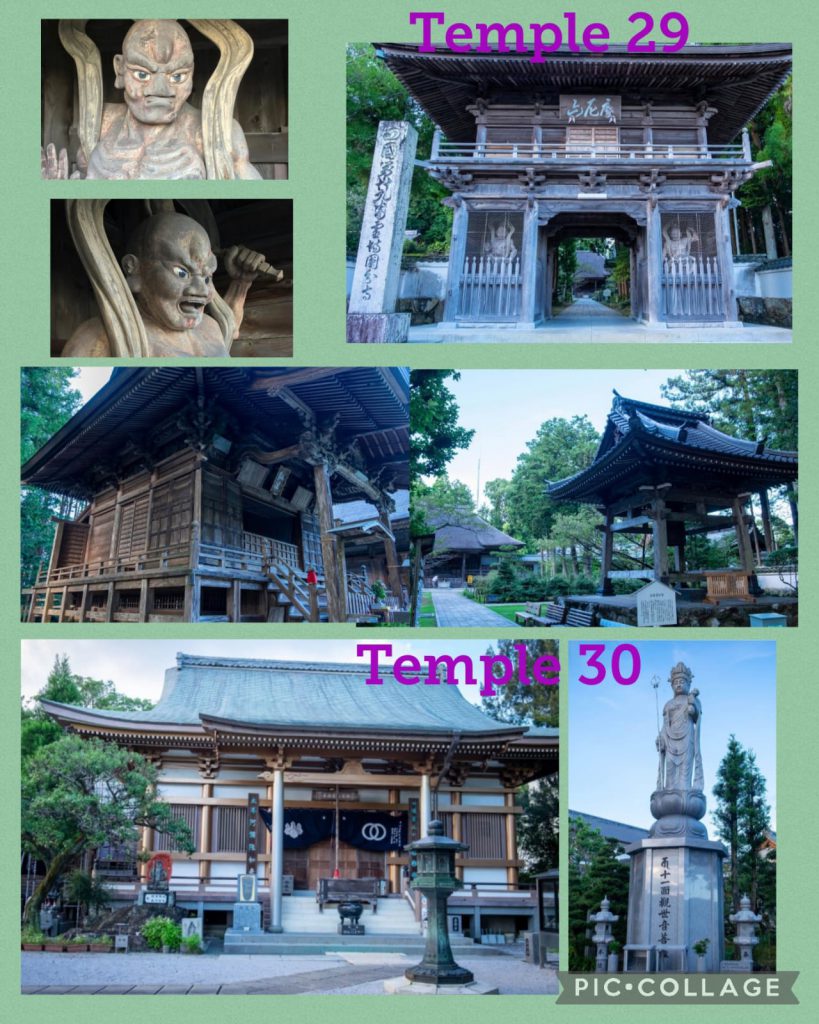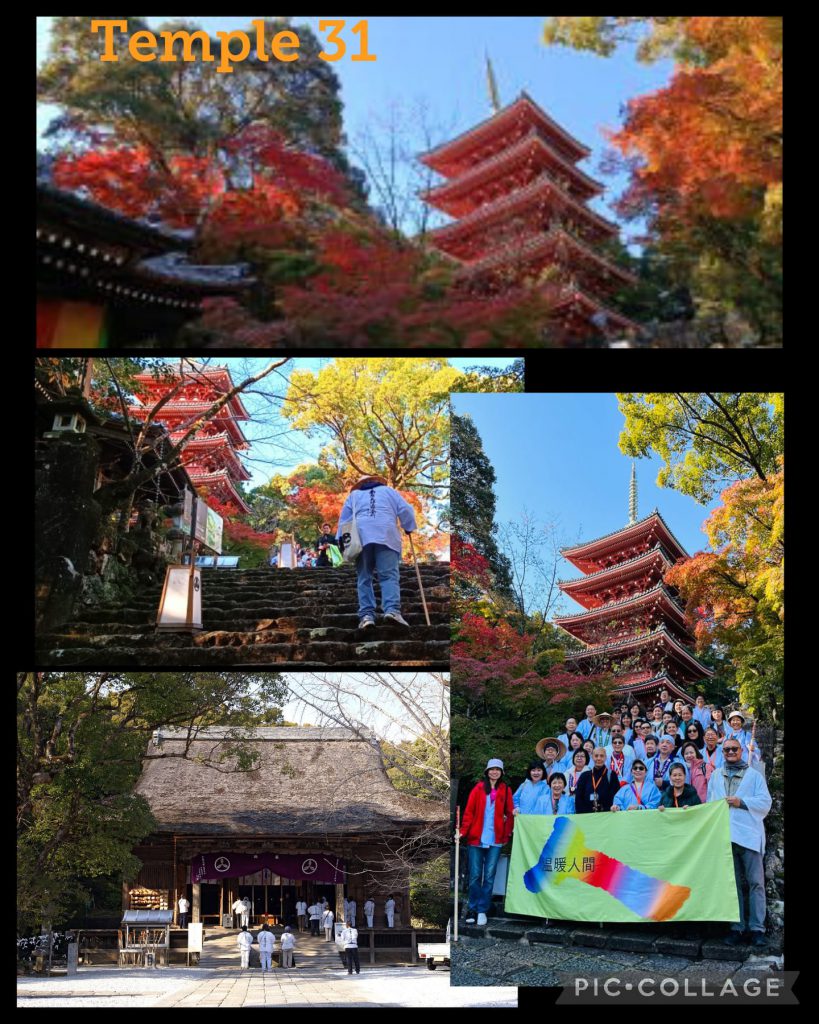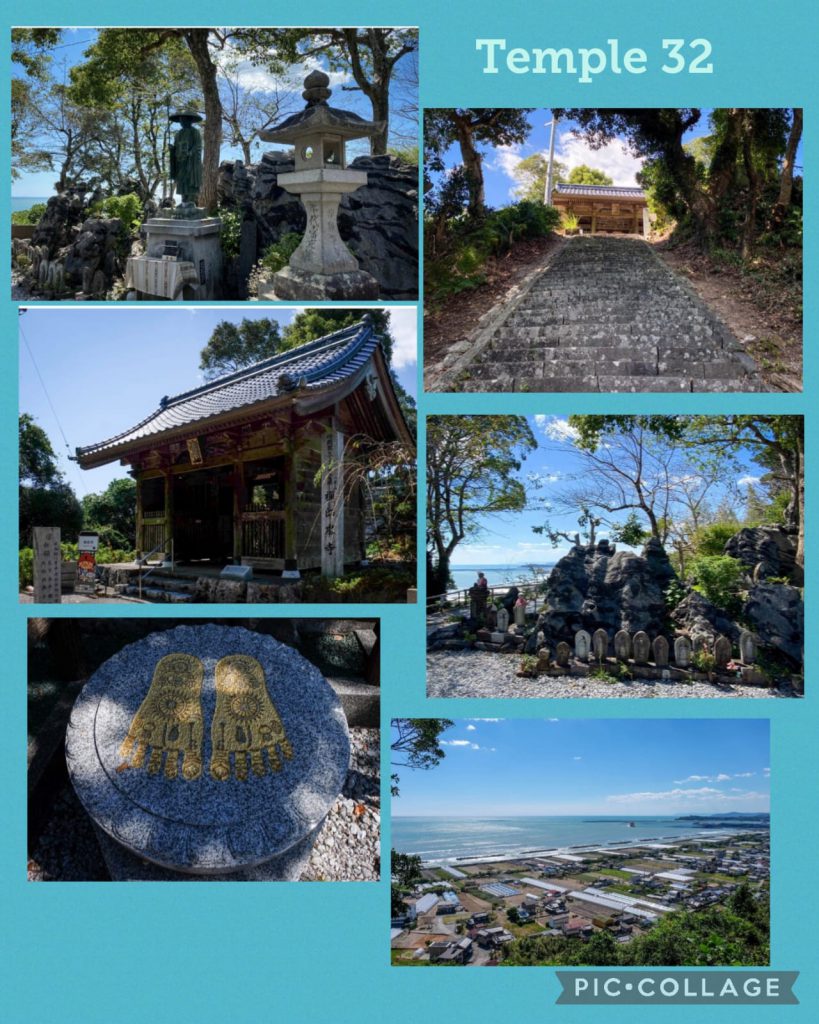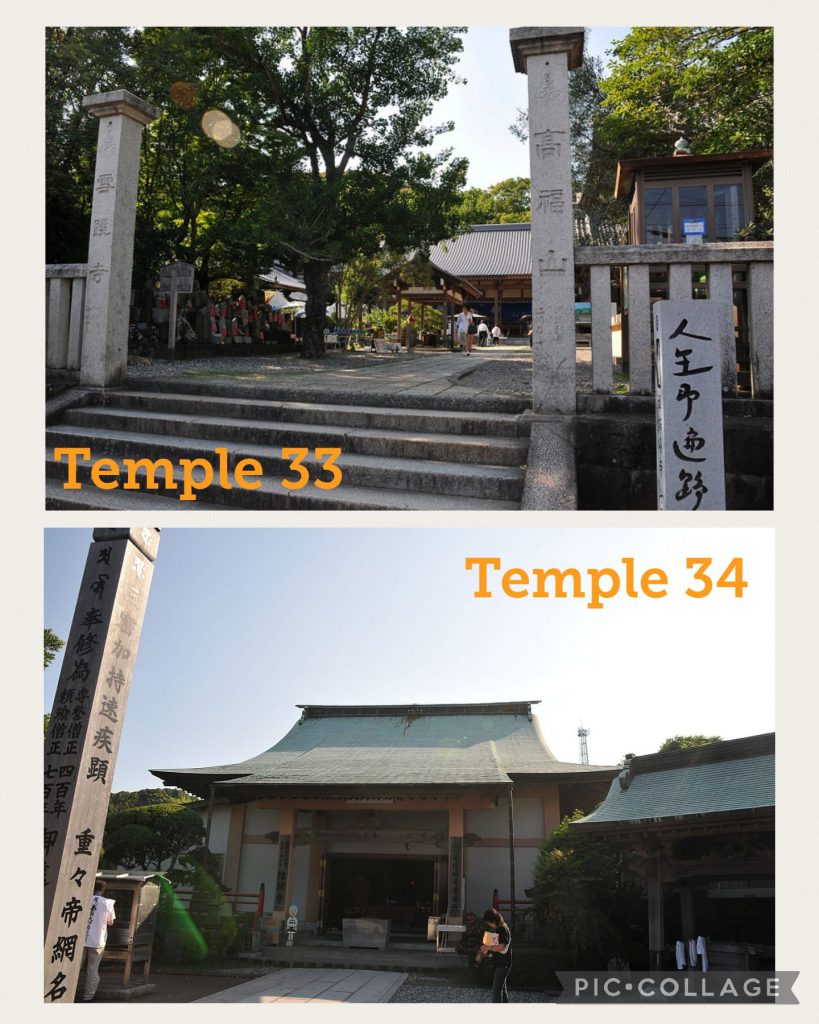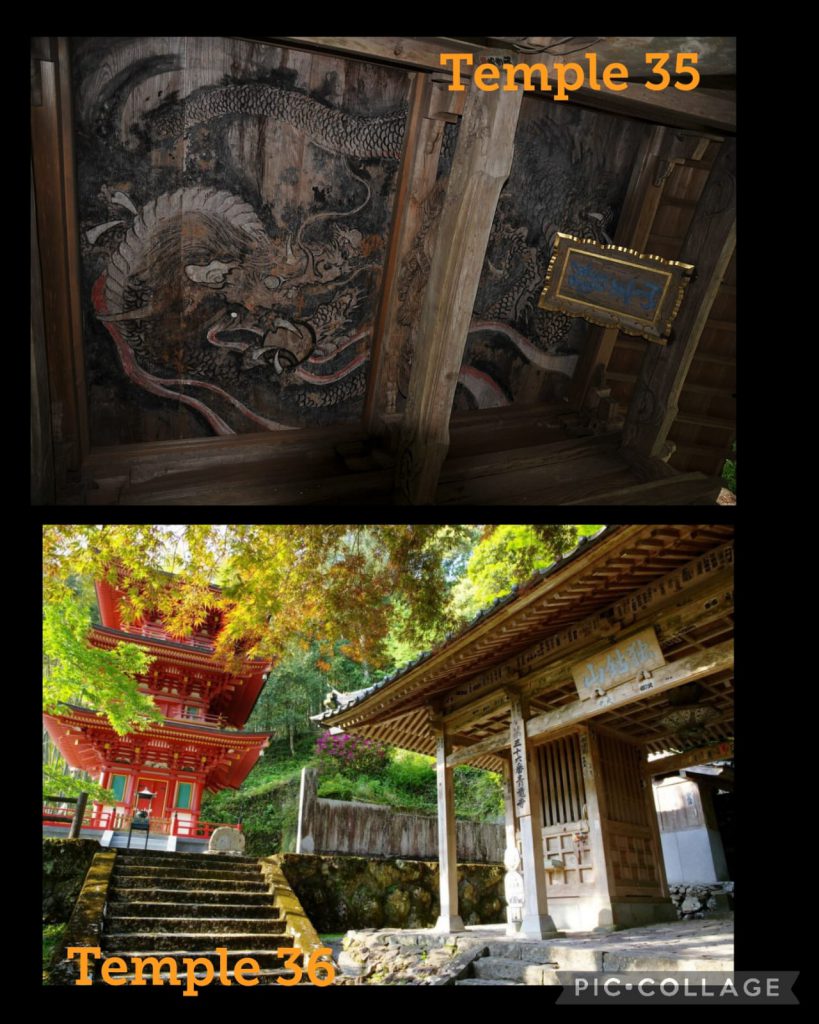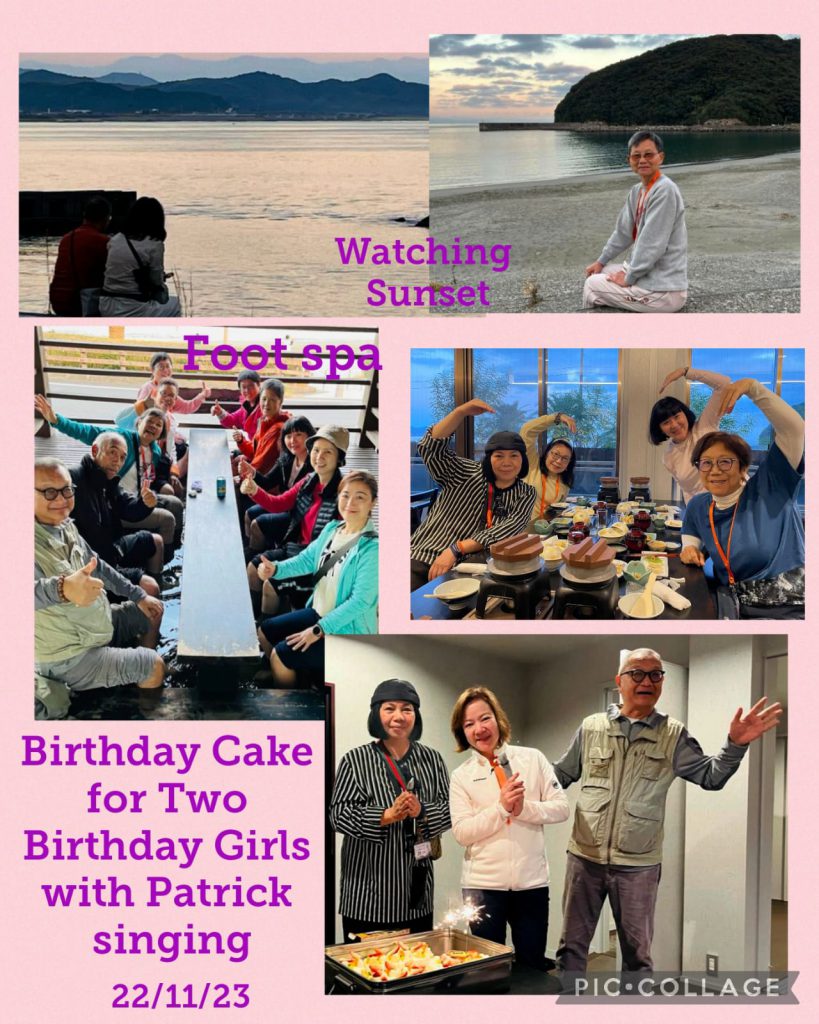Shikoku Pilgrimage (四国遍路) , an UNESCO site in Shikuko, comprises a multi-site pilgrimage of 88 temples associated with Kukai (774-835 ), a Buddhist monk commonly known as Kobo Daishi who founded the esoteric Shingon School of Buddhism. The walking course approximately 1,200km long may take 30 to 60 days to complete on foot. I joined the Buddhist Compassion Charity to visit Temples 1-23 (“Awakening”) in 2012 and Temple 66-88 (“Nirvana”) on my own in 2013. In 2019 when touring Shikoku with a friend, I visited eight temples enroute. I was delighted to join a 9-day trip covering Temples 24 to 65 in November. Completion of the pilgrimage during the 1250th anniversary of Daishi’s birthday is of particular significance.
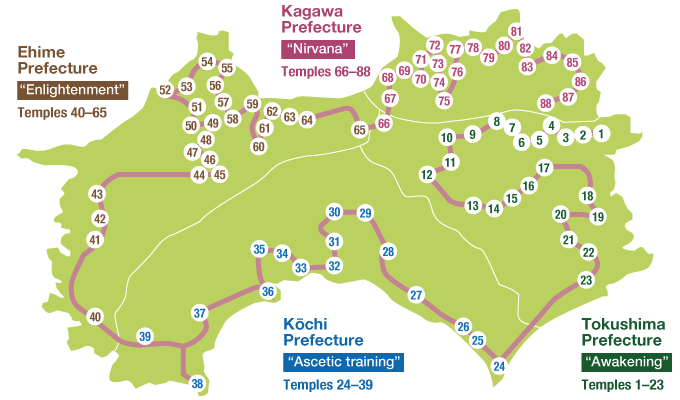
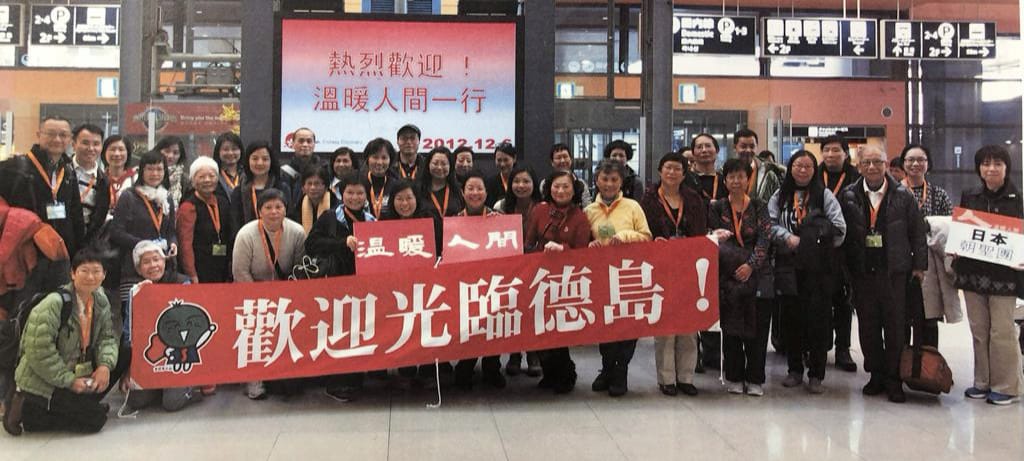
November 20 Monday– The group led by Patrick and MY with 34 participants left Hong Kong at 8 am on a Cathay Pacific flight to Osaka. My friends, Bing, Catherine and Siu Mui also joined this tour. The immigration procedures were cumbersome and we did not leave the Osaka airport till 2 pm. It was a long drive to Shikoku and we arrived at a hot spring hotel not far from the Kochi Prefecture around 7 pm. After dinner, I had a soak in the hot spring which helped relieved my back pain and tiredness.
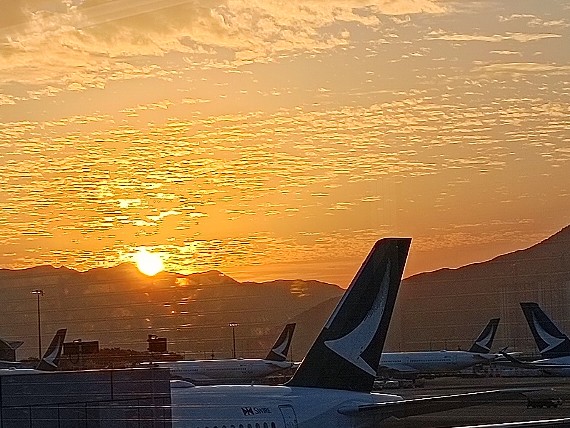
Watching a Beautiful Sunrise 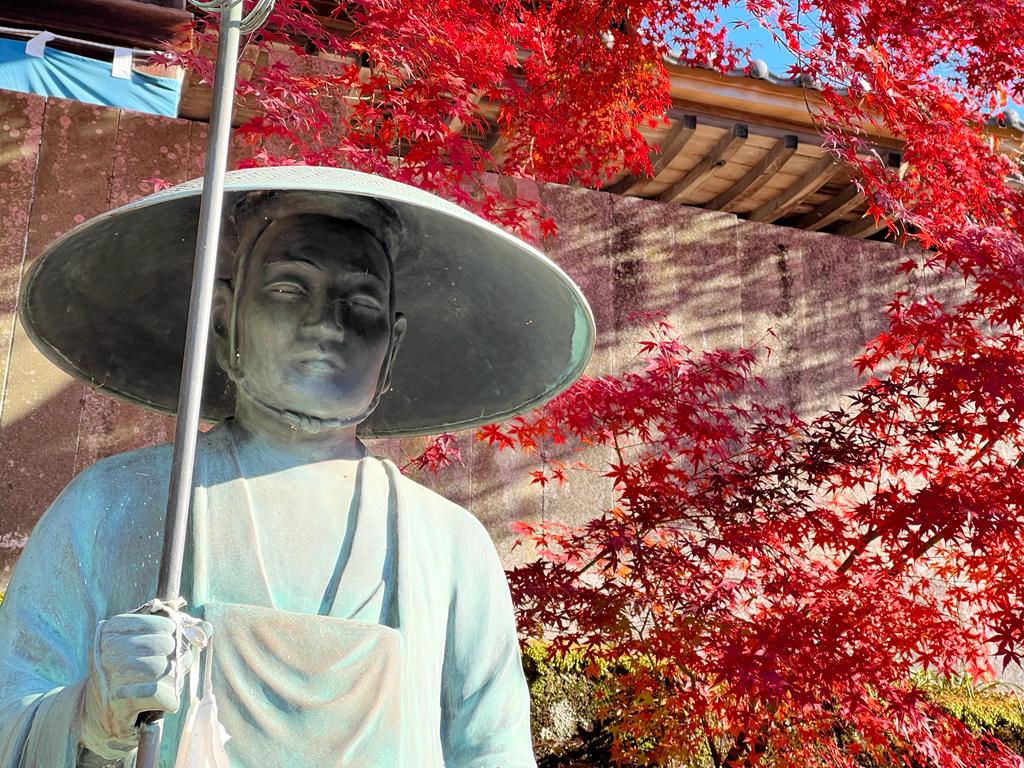
Kobo Daishi
Kochi Prefecture – “Ascetic Training” Temples 24-39
November 21 Tuesday Temples 24-28 (6 temples)
We drove along the beautiful coast and stopped first at the Mikurodo Cave close to Cape Muroto where Daishi made it his home at the age of 19 (794) to practise. He completed the ascetic practice of reading the Kokuzo Gumonji Sutra a million times while seated on a rock . When he attained enlightenment, he had a vision of the star Venus flying into his mouth. To mark this transition, he adopted the name Kukai meaning “sky and sea”. In 815, he returned here, carved the statute of Kokuzo and established a temple here. I visited it with Kylie in 2019.
The first temple of the Kochi Prefecture is Temple 24 – Hotsumisaki-ji (最御崎寺) which revered deity is Kokuzo Bosatsu. This temple was first built in 807 and the temple today was reconstructed in 1914. There is a smooth boulder of andesite stone with oval indentations: when striking it with a pebble makes a bell-like sound.
At each temple, we would follow the same routine: bowing at the Nio (hill) Gate, washing hands and mouth at a water basin, proceeding to the main hall (Hondo), lighting a candle and/or a joss sticks, dropping a wish note and a 5-yen coin in the box, reciting Heart Sutra together, then walking to Daishi Hall and repeating the same procedures. Before leaving the temple, we would bow with face towards the temple once more. MY arranged a person to take our record books for stamping (300 yen for getting the stamp of each temple)
This is a beautiful part of Shikuko with impressive coastline. We had a quick tour of the Cape Muroto Reserve with incredible views of the ocean and rock formations along the coast. Both Temple 25 Shinsho-ji (津照寺) (deity- Jizo-Bosatsu) and Temple 26 Kongocho-ji (金剛頂寺) (deity-Yakushi Nyorai) are nearby.
After lunch, we had a longer drive to reach Temple 27 Konomine-ji (神峰寺) (deity-Juichimen Kannon) and finished the day at Temple 28 Konomine-ji (大日寺) (deity- Dainichi Nyorai). I was glad to spend two nights at JR Clement Hotel Kochi – no need to pack every day.
The temples are fairly similar in overall layout with Nio Gate, washing basin, Main Hall, Daishi Hall, reception, and sometimes halls for deities revered at the temple. The main differences are the setting, period of construction, legend and history. Hence, I decided to highlight those I find more interesting or impressive. Temple 25 founded by Daishi in 807 and tucked away in a narrow street of shops with the compound, stands at the top of a steep flight of steps with a commanding view of the port of Murotsu on the Murotsu Peninsula. It has a distinguished bright red bell tower of the modern Showa period. The name of the hill it stands is the same as my Chinese name寶珠. Temple 27 standing at 430m above sea level is the ‘sekishodera‘, that is a temple considered the most difficult to access in the prefecture in the old days. But it is no longer the case us we travelled by coach and only had a short distance to walk.
November 22 Wednesday Temples 29-36 (8 temples)
The eight temples we visited today are relatively close to each other and most are relatively small. They are Temple 29 Tosa Kokubun-ji 土佐国分寺 (deity- Senju Kannon); Temple 30 Zenrakuji 善楽寺 (deity- Amida Nyorai); Temple 31 Chikurin-ji 竹林寺 (deity- Monju Bosatsu); Temple 32 Zenjibu-ji 禅師峰寺 (deity- Juichimen Kannon); Temple 33 Sekkei-ji ( 禅師峰寺 ) (deity- Yakushi Nyorai); Temple 34 Tanema-ji (種間寺) (deity- Yakushi Nyorai); Temple 35 Kiyotaki-ji (清滝寺) (deity- Yakushi Nyorai); and Temple 36 Shoryu-ji (青竜寺) (deity- Fudo Myoo).
We were thrilled to find beautiful foliage today. Temple 31 is most impressive: long stone steps lined with mature pine trees lead to the compound at Mt. Godi. There are lots of bamboo; hence its name the Bamboo Forest Temple. It is atmospheric, tranquil and serene. The main hall built in 1644 by Yamauchi Tadayoshi, the second feudal lord of Tosa, is now the oldest building on the mountain. On a raised platform above the Daishi Hall is a red five-storied pagoda built. I love to return one day and spend time meditating.
Temple 36 standing near the tip of the Yokonami Peninsula and hidden in a valley, has an interesting history. Daishi went to study in China in 804 and he wanted to build a temple in Japan to honour his teacher Hui-Kuo (惠果) / Keika (746-805). The temple was arranged in a style similar to a temple with the same name in China. The Keika Hall is located not far from the Nio Gate. Inside the compound at the top of the steep flight of staircase are a small two-storey red and white pagoda and a much larger three-storey red pagoda. Before dinner, we had time to relax and enjoy a foot spa at the Sanyo-so Hot Springs Hotel and strolled on the beach in front of the hotel. We had a wonderful dinner in the hotel and celebrated the birthday of Jenny. Then we drove back to Kochi.


